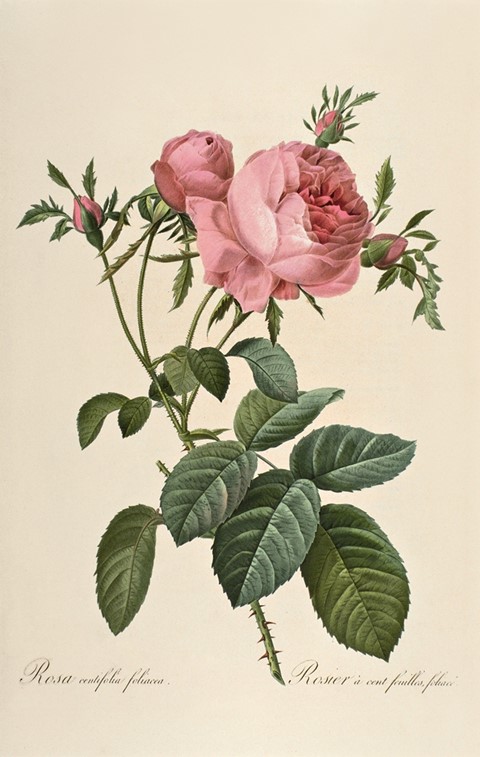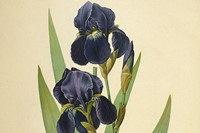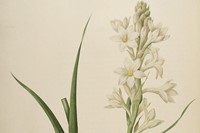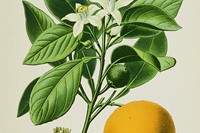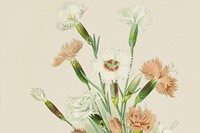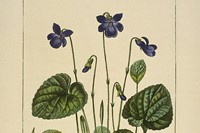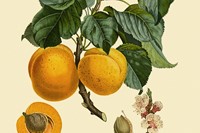A new book meanders through Marie-Antoinette's verdant paradise at the Petit Trianon, complete with a stunning collection of botanical watercolours
Arriving in 1755 to the French court at the age of fourteen, Marie-Antoinette took her place as the Dauphine, the wife of the heir to the throne, Louis XVI. The Austrian Archduchess never found her place among the grandeur or social constraints of Versailles however, and with time, especially after her husband became king, she would spend most of her days at the Petit Trianon, a comparably modest dwelling located at the far end of the castle grounds. Speaking of the small château, which is not dissimilar in scale to an English country manor, the young queen declared: “This is my home. I do not hold court here, I live here as a private individual.”
A lover of all things flora, Marie-Antoinette wished for the Trianon to be a hideaway, replete with splendorous gardens, and she spared no expense on landscaping or exotic plants – including her beloved Tuberose, imported from Mexico. “The natural setting allowed Marie-Antoinette to throw off the established order of court life and rediscover an unspoiled, verdant paradise,” writes Élisabeth de Feydeau in her new book, From Marie-Antoinette’s Garden: An Eighteenth-Century Horticultural Album. Here she notes further that at the Trianon, Marie-Antoinette was able to slip back into the “unaffected” ways of her home palace in Austria, and found inspiration in English gardens (themselves inspired by Chinese gardens), which included “accidents of nature” such as “rivers with islands, caves, rocky outcrops, temples, pagodas... all exquisitely arranged to surprise and delight the visitor.”
“The natural setting allowed Marie-Antoinette to throw off the established order of court life and rediscover an unspoiled, verdant paradise”
De Feydeau’s volume, a herbarium of sorts, presents botanical watercolours of the plants and flowers that would have grown in Marie-Antoinette’s garden, information on their medicinal and cosmetic uses, as well as anecdotes from the royal court. The author writes that each year, the queen “found new ways to embellish the ‘natural’ beauty of her beloved Trianon.” For example, the “Temple of Love, in the dappled shade of two weeping willow trees,” which was “built in the middle of an island planted with ‘paradise’ apples, white pelote de neigh roses, and lilacs... this lovers retreat was reserved for amorous encounters, with the moss providing additional comfort.”
With the building of the Hameau de la Reine (the Queen’s Hamlet) several years into her reign, many felt that Marie-Antoinette’s desire to live ‘simply’ had perhaps gone too far. Set up as an ideal French village, including “traditional rustic houses, and a windmill, surrounded by plantings of walnut trees, cherries, plumbs, pears, peaches, and apricots... the Queen’s Hamlet was populated, too, with picturesque shepherdesses, [and] immaculately groomed, sweet-smelling sheep and cows.” The queen herself would dress as a peasant, though still wearing the finest silks. While her ‘plain’ living sparked an interest in gardening among the upper classes, others saw her excesses as sowing the seeds of revolt that would culminate in the French Revolution. Ever the controversial figure, even while getting her hands dirty the young queen both inspired and repelled.
Text by Ananda Pellerin
From Marie-Antoinette’s Garden: An Eighteenth-Century Horticultural Album is available now from Flammarion.
Ananda Pellerin is a London-based writer and regular contributor to anothermag.com.
